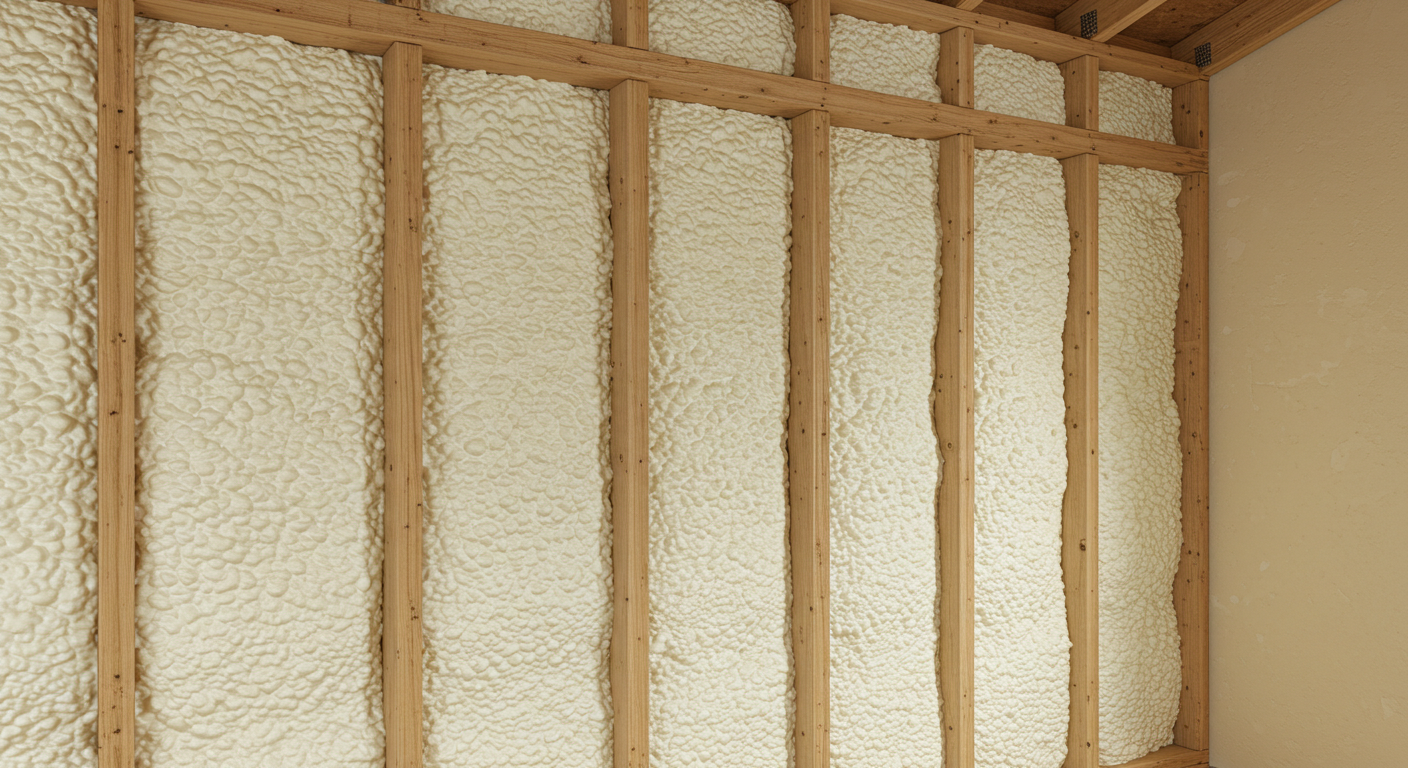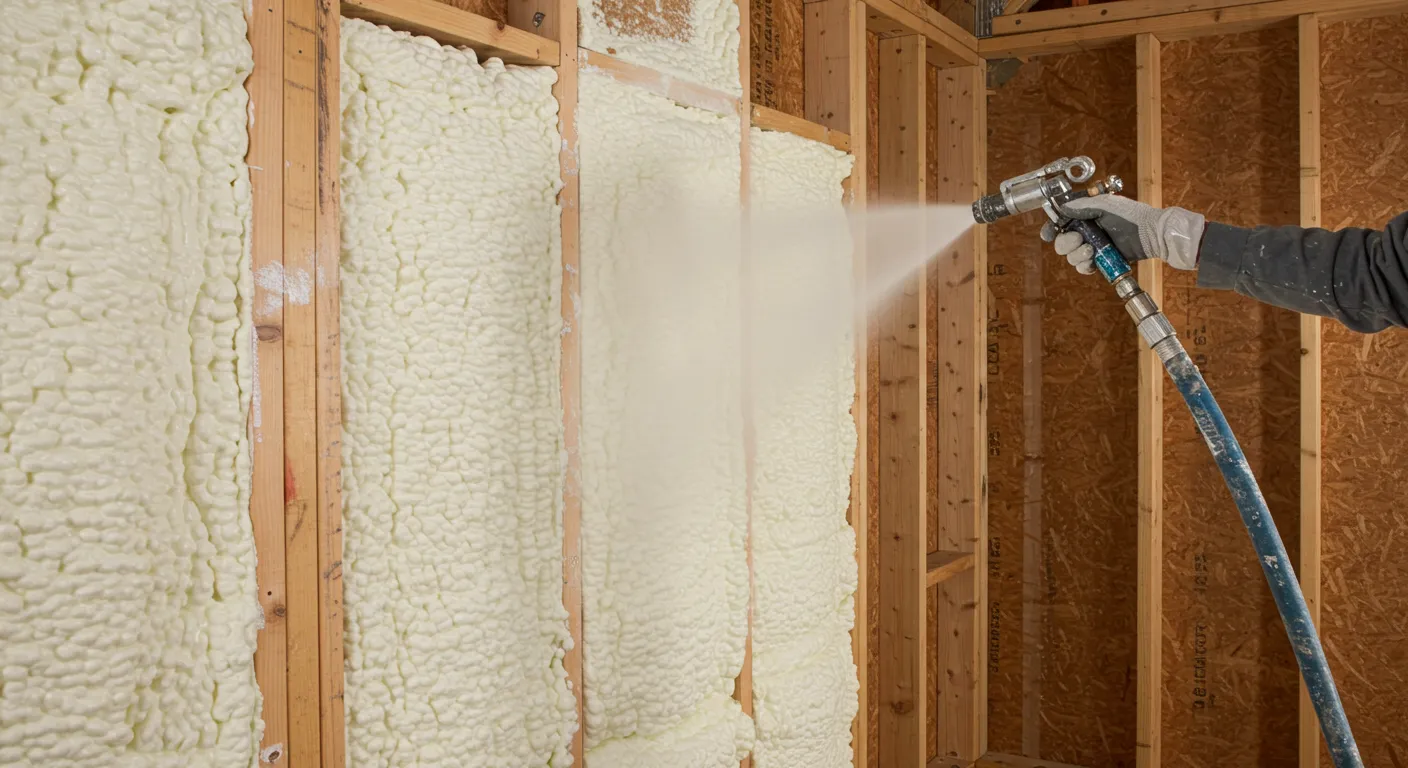
Spray foam insulation is recommended for older homes because it delivers high thermal resistance, air sealing, and moisture control qualities often lacking in aged structures. Many older homes were built before modern energy standards and typically suffer from gaps, cracks, and insufficient insulation materials. Spray foam addresses these deficiencies in a single application.
Closed-cell spray foam also reinforces structural integrity and resists water intrusion, which is crucial in regions with humidity and temperature fluctuations. This dual-functionality thermal and structural makes spray foam a practical solution where other materials fall short.
Armored Insulation uses field-tested techniques that reflect real-world installation challenges in older homes, including irregular framing, inaccessible cavities, and existing insulation debris. This experience informs every recommendation made in this article.
Older homes often lack consistent air barriers and have degraded or minimal insulation. Spray foam compensates for these issues by forming a continuous seal across irregular surfaces and hard-to-reach areas.
| Feature | Spray Foam (Closed-Cell) | Fiberglass Batt | Cellulose (Blown-In) |
|---|---|---|---|
| R-Value per Inch | 6.0 – 7.0 | 3.0 – 3.7 | 3.2 – 3.8 |
| Air Sealing Capability | High | Low | Moderate |
| Moisture Resistance | High | Low | Moderate |
| Structural Reinforcement | Yes | No | No |
| Longevity | 20–30+ years | 10–25 years | 20–30 years |
| Mold Resistance | High | Low | Moderate |
| Best for Irregular Cavities | Yes | No | Yes |
Bonus Tip: For homes with balloon framing or lath-and-plaster walls, spray foam can fill cavities without needing full wall tear-downs.
| Specification | Value |
|---|---|
| Expansion Ratio | 30:1 (Closed-cell) |
| Curing Time | ~8 hours full cure |
| Application Temperature | 60°F–80°F (recommended) |
| Optimal Thickness per Pass | 2 inches (Closed-cell) |
| Air Impermeability | < 0.02 L/s·m² @ 75 Pa |
| Perm Rating (2″) | < 1.0 (Class II vapor retarder) |

Spray foam improves indoor temperature consistency and reduces HVAC cycling. In homes over 30 years old, energy audits typically show a 20–40% reduction in energy loss after spray foam installation. According to the U.S. Department of Energy, heating and cooling account for 50–70% of a home’s energy use (DOE, 2023).
Spray foam also contributes to:
Bonus Tip: In climates with high humidity or variable seasonal swings, closed-cell spray foam helps prevent condensation-related damage to framing and joists.
In Kentucky and surrounding regions, high summer humidity and cold winters create wide temperature gradients that cause unsealed structures to lose energy rapidly. Older homes often suffer from:
Spray foam’s sealing ability and moisture control are especially beneficial in these conditions.
Bonus Tip: Always test for lead-based paint or asbestos in homes built before 1978 before beginning any invasive insulation work.
Armored Insulation offers focused services suited for upgrading older homes:
Open wall cavities, roof decks, crawl spaces, and basement rim joists are all ideal for spray foam.
No. Existing material often needs removal to ensure proper adhesion and performance.
Yes. It meets fire safety codes when covered with an ignition or thermal barrier as required.
No. Spray foam is lightweight and does not stress structural members.
Armored Insulation provides proven insulation solutions backed by hands-on experience in older home retrofits.
Contact:
It lasts 20–30 years or more when professionally installed and protected from UV exposure.
No, but outdated wiring should be inspected before application. Spray foam doesn’t generate heat or magnetic interference.
Yes, typically for 12–24 hours to allow off-gassing and curing. Ventilation requirements vary by foam type.
Removal is possible but labor-intensive. Plan placements carefully.
It can increase appraisal value and is generally viewed positively when properly documented and installed.